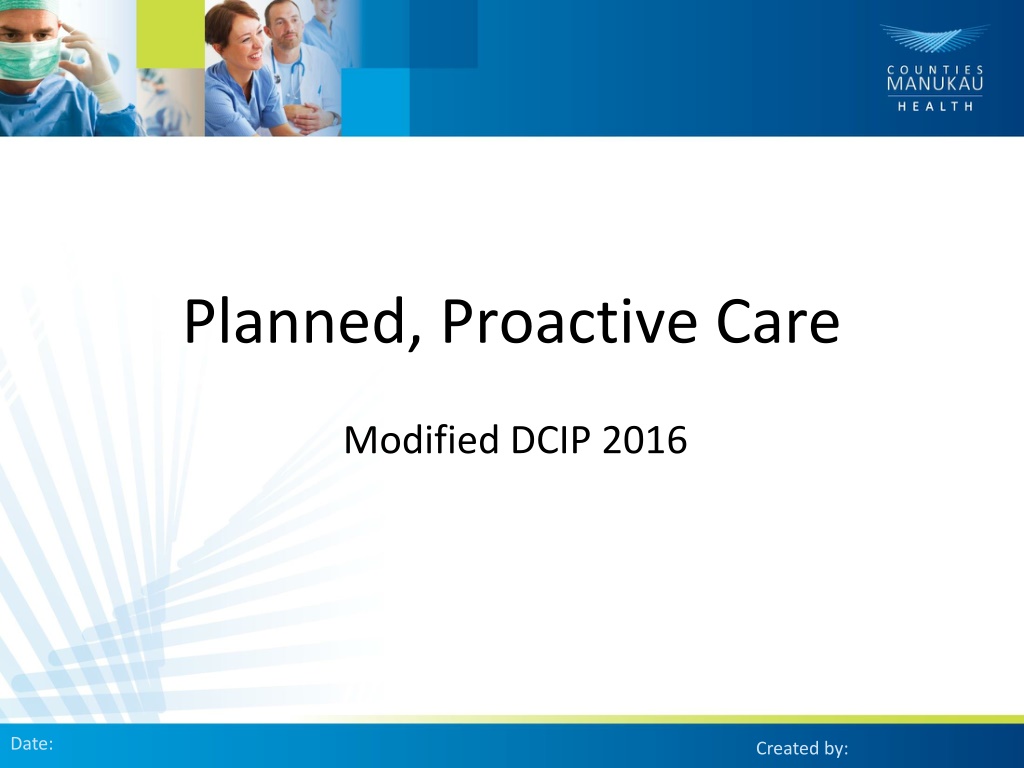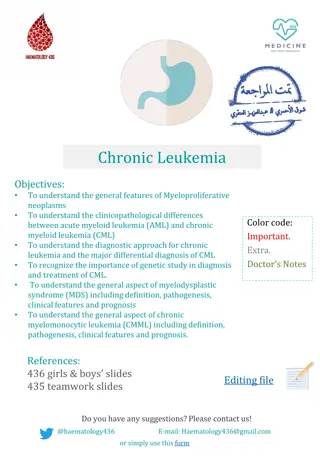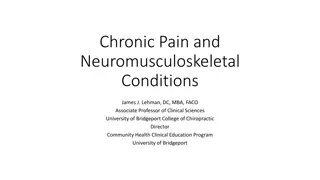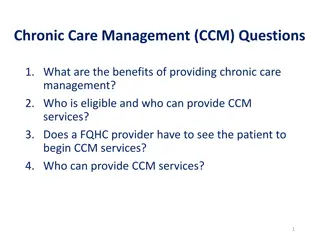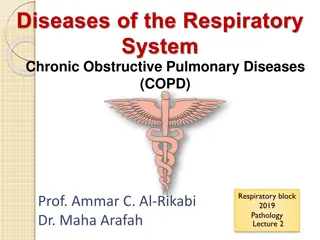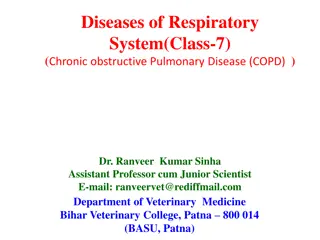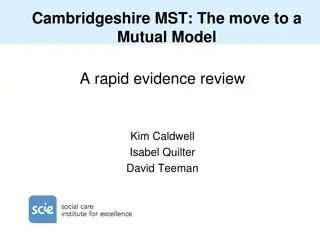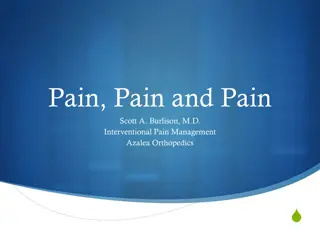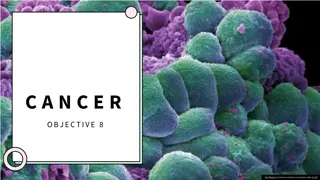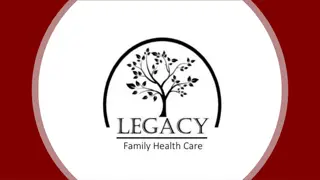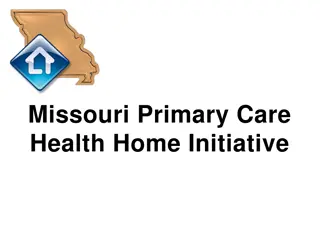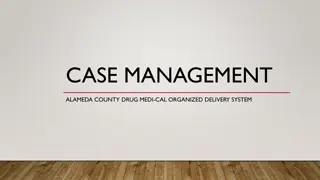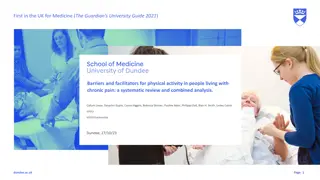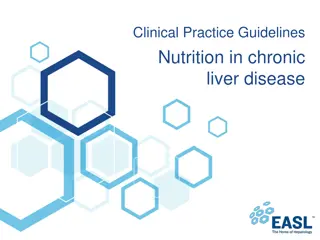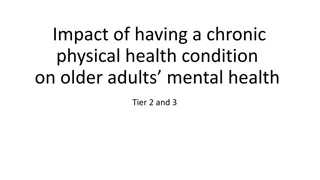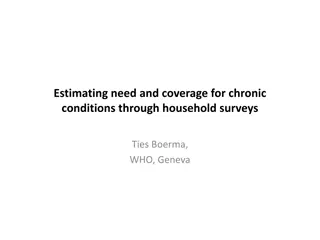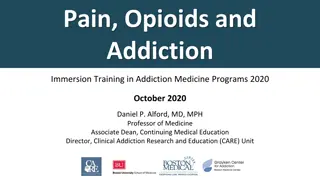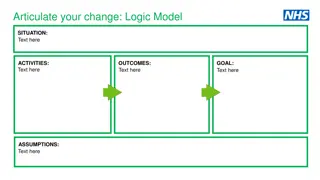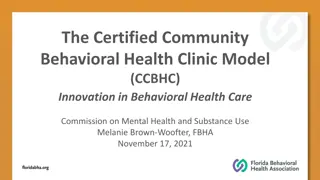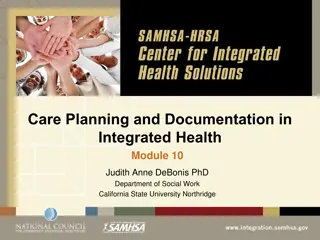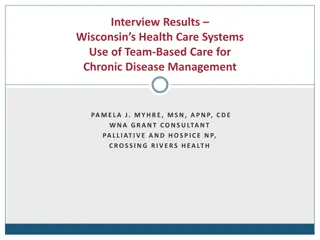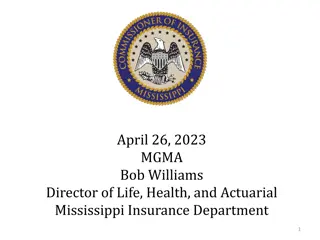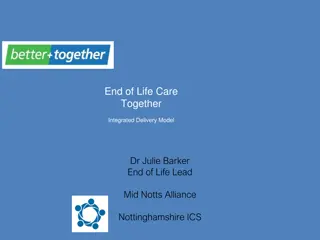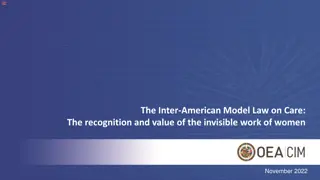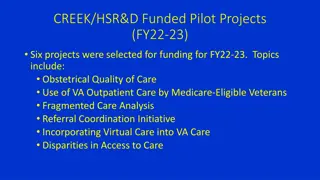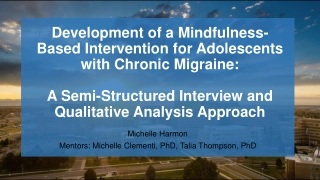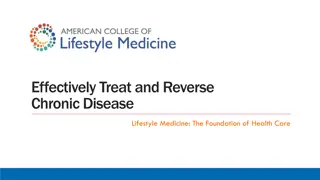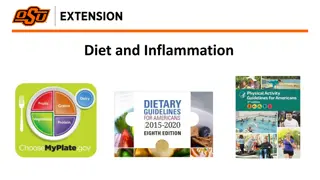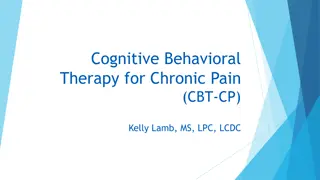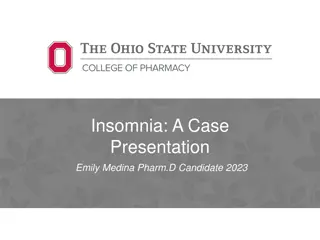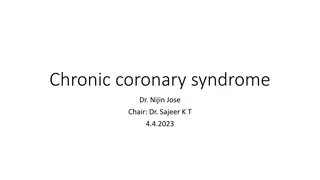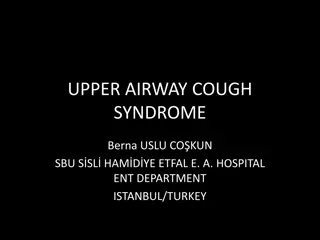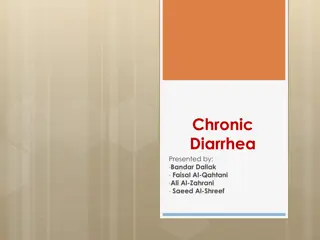Enhanced Chronic Care Delivery Model Overview
This presentation outlines a proactive and planned care approach for managing chronic conditions, emphasizing the importance of risk stratification, care coordination, and patient-centered care. It covers the implementation of clinical criteria, collaborative care planning, shared protocols, and the use of assessment tools like the Patient Health Questionnaire-2 (PHQ-2) to screen for depressive disorders. The model integrates various healthcare professionals, such as GPs, practice nurses, allied health providers, and mental health specialists, to ensure comprehensive and personalized care for at-risk patients.
Download Presentation

Please find below an Image/Link to download the presentation.
The content on the website is provided AS IS for your information and personal use only. It may not be sold, licensed, or shared on other websites without obtaining consent from the author. Download presentation by click this link. If you encounter any issues during the download, it is possible that the publisher has removed the file from their server.
E N D
Presentation Transcript
Planned, Proactive Care Modified DCIP 2016 Date: Created by:
The Programs ARI & eShared Care Modified DCIP/DCIP Enhanced Primary Care CCM Depression Manaaki Hauora SMS Safety in Practice I & II Falls & Frail Elderly PHO programs
Overview of the Chronic Care Model Robert Wood Johnson Foundation/Sandy MacColl Institute Health System Organization of Health Care Community Resources and Policies Clinical Information Systems Self Management Support Delivery System Design Decision Support -Guidelines -Provider Education -Specialty support -Feedback -Advocacy -Resources -Skills Training -Role adaptation -Providers -Roles Clear -Communication & Follow-up system -Registries -Reminders -Measurement -Feedback Informed, Activated PATIENT Prepared, Proactive Practice TEAM Productive Interactions Functional and Clinical Outcomes
Proactive Planned Care Risk stratification e-tool under development, clinical criteria agreed in the meantime 5 Care delivery and coordination Day-to-day Non-exhaustive examples 4 1 2 GP Enrolled Population Risk stratification Care planning Whanau Support Community pharmacist 6 Practice nurse Case conference 3 Allied Health Shared protocols & pathways GP Community Mental Health District nurse Case conferences to be used from time to time for very complex patients who need MDT input to their care plan SME SMO Coordinator Care pathways and agreed clinical protocols are used to inform assessment, care planning, & coordination All at risk patients should have a plan that is proportionate to their clinical and social needs, risks and ability to benefit: Logged on e- shared care 4
Patient Health Questionnaire-2 (PHQ-2): PHQ-2 Over the past two weeks, how often have you been bothered by any of the following problems? Little interest or pleasure in doing things. 0 = Not at all 1 = Several days 2 = More than half the days 3 = Nearly every day Feeling down, depressed, or hopeless. 0 = Not at all 1 = Several days 2 = More than half the days 3 = Nearly every day Total point score: ______________ Score interpretation: PHQ-2 score (%) (%) 1 15.4 2 21.1 48.3 3 38.4 75.0 4 45.5 81.2 5 56.4 84.6 6 78.6 92.9 Probability of major depressive disorder Probability of any depressive disorder 36.9
Proactive Planned Care Risk stratification e-tool under development, clinical criteria agreed in the meantime 5 Care delivery and coordination Day-to-day Non-exhaustive examples 4 1 2 GP Enrolled Population Risk stratification Care planning Whanau Support Community pharmacist 6 Practice nurse Case conference 3 Allied Health Shared protocols & pathways GP Community Mental Health District nurse Case conferences to be used from time to time for very complex patients who need MDT input to their care plan SME SMO Coordinator Care pathways and agreed clinical protocols are used to inform assessment, care planning, & coordination All at risk patients should have a plan that is proportionate to their clinical and social needs, risks and ability to benefit: Logged on e- shared care 6
PROGRAMMES STEPPED CARE SELF CARE SMS End of life DHB Maori & Pacific teams Front door Locality coordinator VHIU Complex cases with comorbidities 3-5% all cases LEVEL 3 Intense Professional Care (case management) Modified DCIP Frailty, falls Integrated mental health PHO:SIA $$ LTC Higher risk cases 15-20% LTC 1:1 PHC based health coaching Peer support LEVEL 2 Shared Care ARI LEVEL 1 Supported Self Care eShared Care Primary Health Care Home CCM Depression, CHSI Group models: Practice based 70-80% LTC DCIP Virtual: text, internet, social media, apps . COMMUNITY AT RISK (High tech) Localities PHO s NGO s Activated Community Community Partners e.g. alcohol strategy Community based models: - church - gyms - NGO s - green Rx ACTIVATED PATIENT PROACTIVE PRACTICE TEAM
Process map SMS the SMS: Care plan cycle Self-management support promotion Any door is the right door 5. Self-Management Support Care Plan cycle Multiple entry points to SMS including: Self-referral NGOs Clinicians Communities Care Plan 2. Assessment: Partners in Health or Readiness to Change 1. Patient identification 4. Enter SMS Care Plan cycle 3. Initiate CCMS Shared Care Plan Primary Health Care Assessment Menu of SMS options Menu of SMS options for patient: Existing internal options within practice Range of SMS options (peer/professional, group, home based, electronic etc) Health Coach Existing community groups/services, NGOs Assessment findings Combined Predictive Risk Tool Care Plan Essential components but not mandatory for accessing SMS funded services GP/PN identified/ Clinician intuition Any door is the right door Bulk of funding
Proactive Planned Care Risk stratification e-tool under development, clinical criteria agreed in the meantime 5 Care delivery and coordination Day-to-day Non-exhaustive examples 4 1 2 GP Enrolled Population Risk stratification Care planning Whanau Support Community pharmacist 6 Practice nurse Case conference 3 Allied Health Shared protocols & pathways GP Community Mental Health District nurse Case conferences to be used from time to time for very complex patients who need MDT input to their care plan SME SMO Coordinator Care pathways and agreed clinical protocols are used to inform assessment, care planning, & coordination All at risk patients should have a plan that is proportionate to their clinical and social needs, risks and ability to benefit: Logged on e- shared care 9
